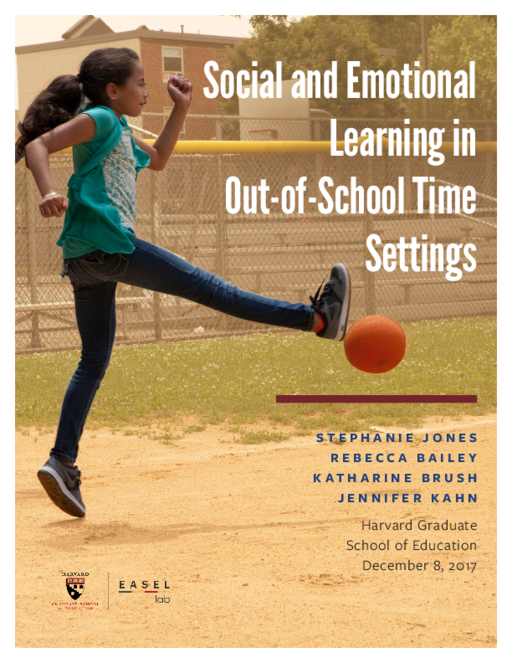Back to Overview
Social and Emotional Learning in Out-of-School Time Settings
Table of Contents
Implementation Tips
- Use data to guide decision making. Identify or collect data that will help you make informed decisions about your specific needs. This may include climate data, disciplinary records, or qualitative data from interviews or focus groups.
- Include Key Stakeholders. Talk to teachers, families, school leaders, and other stakeholders about their vision for SEL and the specific needs they hope to address. Remember that making decisions from the top-down can undermine buy-in and compromise effectiveness.
- Identify Needs and Goals. Drawing from data and stakeholder input, identify and prioritize specific needs and goals for SEL programming. For example, this may include a specific content focus, instructional or structural requirements, or the desire to align content across settings.
- Select a Program Using Selection Tools/ Resources. Having considered the information collected in prior steps, use the attached “OST Settings Worksheet” and the full report to solidify your needs and goals, and select an appropriate program or strategy.
Topics:




